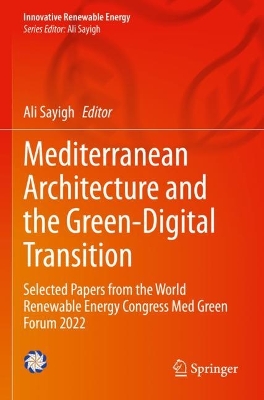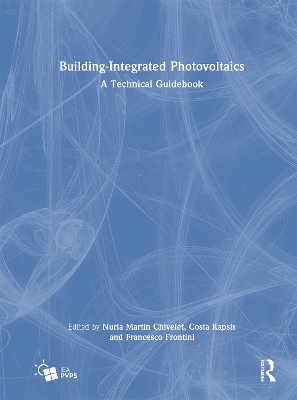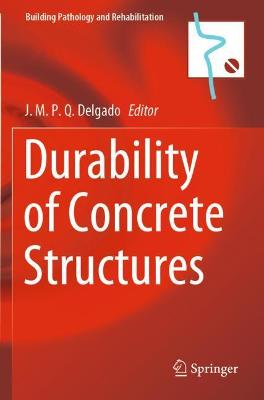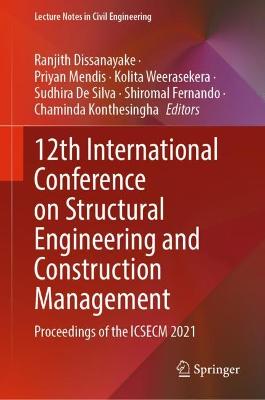Mediterranean Architecture and the Green-Digital Transition
 portes grátis
portes grátis
Mediterranean Architecture and the Green-Digital Transition
Selected Papers from the World Renewable Energy Congress Med Green Forum 2022
Sayigh, Ali
Springer International Publishing AG
09/2024
715
Mole
9783031331503
15 a 20 dias







